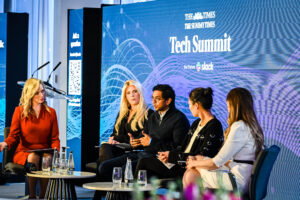Just when you were getting comfortable with "Gen-Z", along comes another demographic grouping to understand.
"Generation Alpha" was coined in 2008, but refers to a cohort born between 2010 and 2025 (albeit, this range, like those of other generations before it, is often cited differently).
In other words, this is the first exclusively 21st Century generation - and it hasn't been entirely born yet.
What do marketers need to know about Generation-A? Mostly, that it is potentially off-limits. With the eldest Gen-Aer aged 12 as of 2022, they are still children.
That puts Gen-A under the auspice of strictures like the Advertising Standard Authority's CAP Code, which states: "Marketing communications addressed to or targeted at children must not make a direct exhortation to children to buy an advertised product or persuade their parents or other adults to buy an advertised product for them."
Furthermore, anyone hoping to use personal data to reach Gen-A needs to read the Information Commissioner's Office guidance, which says brands must complete a Data Protection Impact Assessment (DPIA). While targeting children using personal data is not prevented, those who do so must comply with the UK GDPR.
Nevertheless, Gen-A is both noteworthy culturally and important for communicators.
- This is a generation immersed in visual content. With a prevalence of screen-based media use amongst children, this cohort will develop an unprecedented preference for visuality - something that will likely carry forward.
- Of course, Generation-A is also born to Millennial parents, giving communicators a valuable playbook to refer to.
- Gen-A will be blessed, in some ways. According to social analyst Mark McCrindle, who coined the term: "They are the most materially endowed and technologically literate generation to ever grace the planet!"
How well can marketers appeal to this new grouping? We'll start finding out for sure in 2026 or so.



 News UK
News UK 




